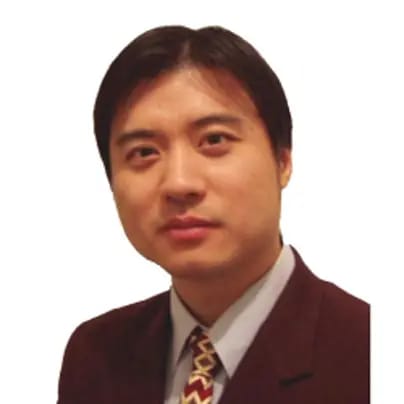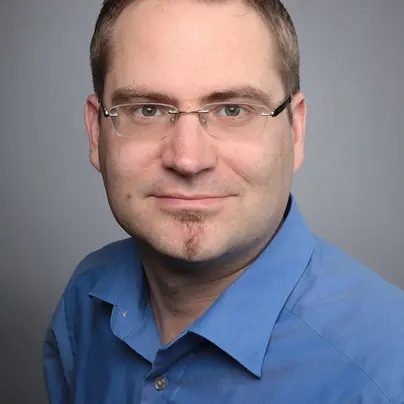5GNOW: Alcatel-Lucent Bell Labs Germany Concepts and Results Contribution for Future Network and Mobile Summit 2013
27 March 2013

The 5GNOW approach is able to efficiently support different traffic types, which all have to be part of future wireless cellular systems. Our vision of a unified frame structure concept aims at handling the large set of requirements within a single 5G system. A filtered multicarrier approach will enable the mix of synchronous / asynchronous and orthogonal / non-orthogonal traffic types, where the reduced side-lobe levels of the waveform seek to minimize inter-carrier interference (ICI). The classical "bit pipe" traffic (type I) with high volume data transmission and high-end spectral efficiency still exploits orthogonality and synchronicity, wherever it is possible, e.g. when serving cell-center users. Vertical layering at common time-frequency resources generates a non-orthogonal signal format supporting heterogeneous cell structures and cell edge transmissions more efficiently. For high-volume data applications in those cell areas (type II), a multi-cell, multi-user transceiver concept is required. The principle of interleave division multiple access (IDMA) is a very appealing approach for generating these signal layers and an elegant receiver and coding concept for it. Machine-type communication (MTC) is expected to be one dominant application of 5G systems. For this sporadic traffic type (type III), a contention based-access technique is attractive, saving overhead by dropping the strict synchronicity requirement. For sensor-type traffic (type IV), the open weightless standard has shown that, from an energy-efficiency perspective, it is beneficial to stretch the transmissions in time by spreading. This additional signal layer, again, can be handled by an IDMA-like approach. One important reference scenario for 5GNOW is the multi-user uplink coordinated multi-point (CoMP) joint reception case where we face timing and carrier frequency offsets. With a novel block-wise filtering multi-carrier approach, which we denote as universal filtered multi-carrier (UFMC), we have shown significant gains of SER over Eb/N0 for SNR operation points of 15 dB and higher


